Mariaagnesi-fangirl-blog - The Farmer's Daughter
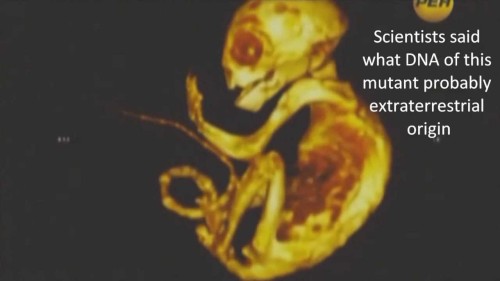
More Posts from Mariaagnesi-fangirl-blog and Others

From Earthrise to the black hole: astronomy’s most famous images.
Photographs from history that capture humanity’s exploration of the heavens.

20 July 1969
One of the most iconic views of Earth, taken from the Apollo 11 spacecraft as it orbited the moon. Describing the scene, the astronaut Neil Armstrong said: ‘It suddenly struck me that that tiny pea, pretty and blue, was the Earth. I put up my thumb and shut one eye, and my thumb blotted out the planet Earth. I didn’t feel like a giant. I felt very, very small’ | This caption was updated on 11 April 2019 to correct the date the picture was taken, photograph: Nasa.

21 July 1969
Buzz Aldrin, the lunar module pilot for the first moon landing, poses on the lunar surface. The footprints of the astronauts are clearly visible in the soil. Neil Armstrong took the picture with a 70mm Hasselblad lunar surface camera Photograph: American Photo Archive/Alamy

25 February 1979
This dramatic view of Jupiter’s great red spot and its surroundings was obtained by the Voyager 1 space probe
Photograph: JPL/Nasa/UIG/Getty Images

14 February 1990
Often referred to as ‘the pale blue dot’ image, this picture was taken when Voyager 1 was 4bn miles (6.4bn km) from Earth and 32 degrees above the ecliptic plane. Earth is a mere point of light, just 0.12 pixels in size when viewed from that distance. The fuzzy light is scattered sunlight because Earth was close to the sun (from the perspective of Voyager)
Photograph: JPL/Nasa

6 January 2004
The first colour image of Mars taken by the panoramic camera on the Mars Exploration Rover Spirit. It was the sharpest photograph ever taken on the surface of the planet
Photograph: JPL/Nasa/AP

25 September 2012
Called the eXtreme Deep Field, or XDF, this photo was assembled by combining 10 years of Hubble space telescope photographs taken of a patch of sky at the centre of the original Hubble Ultra Deep Field. By collecting faint light over many hours of observation, the telescope revealed thousands of galaxies, both nearby and very distant, making it the deepest image of the universe ever taken at that time
Photograph: Hubble space telescope/Nasa/ESA

24 July 2015
A combination of images captured by the New Horizons space probe, with enhanced colours to show differences in the composition and texture of Pluto’s surface
Photograph: AP

10 April 2019
The first image of a black hole, captured by the Event Horizon telescope (EHT) – a planet-scale array of eight ground-based radio telescopes forged through international collaboration. The shadow of a black hole seen here is the closest we can come to an image of the black hole itself, a completely dark object from which light cannot escape
Photograph: EHT Collaboration/UCL
Happy Halloween From The Space Place!
In a dark conference room, a pumpkin gently landed on the Moon, its retrorockets smoldering, while across the room, a flying saucer pumpkin hovered above Area 51 as a pumpkin alien wreaked havoc.

Suffice to say that when the scientists and engineers at our Jet Propulsion Laboratory in Pasadena, California, compete in a pumpkin-carving contest, the solar system’s the limit. Now in its ninth year, the contest gives teams only one hour to carve (off the clock, on their lunch break), though they can prepare non-pumpkin materials — like backgrounds, sound effects and motorized parts — ahead of time.
Enjoy!













Looking for more pumpkin fun? Check out the full gallery, here.
Make sure to follow us on Tumblr for your regular dose of space: http://nasa.tumblr.com
Amazing dominoes structure
NASA has released new images of Jupiter, taken by the Juno Spacecraft.
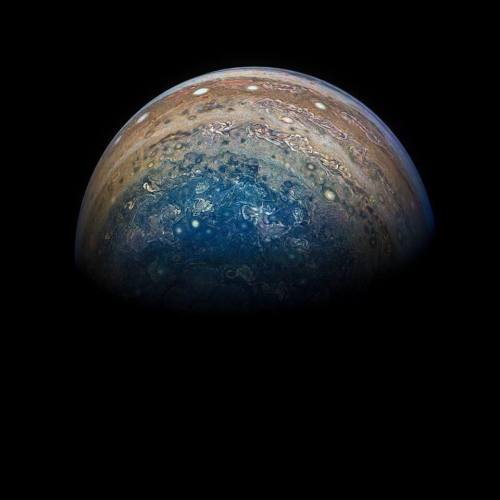

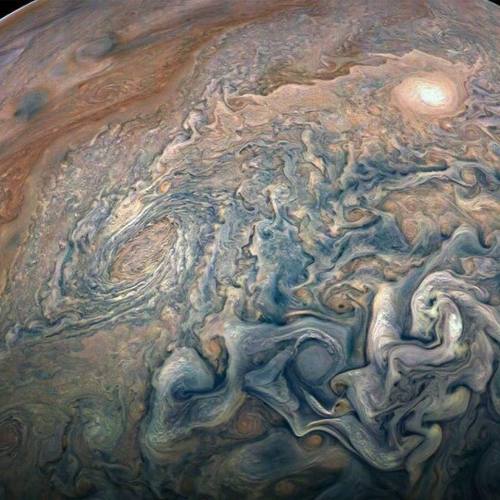
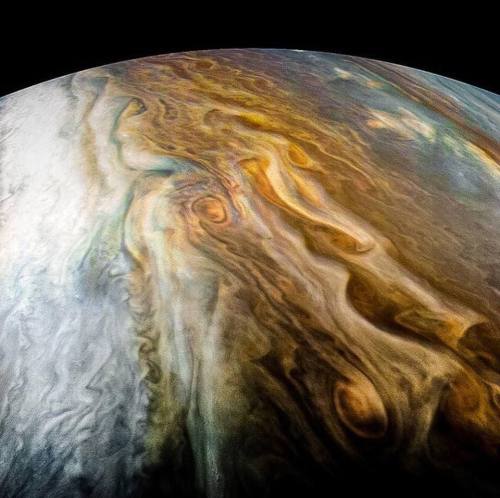
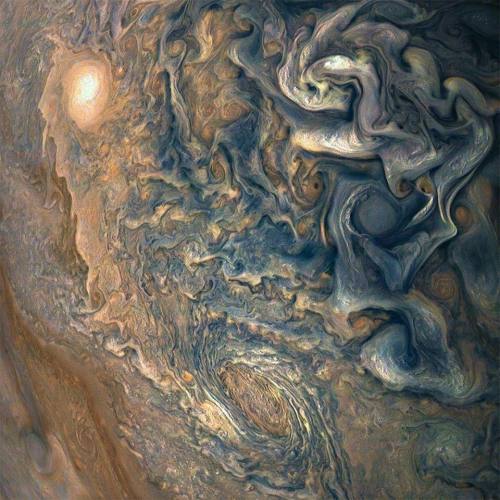






I love her talent
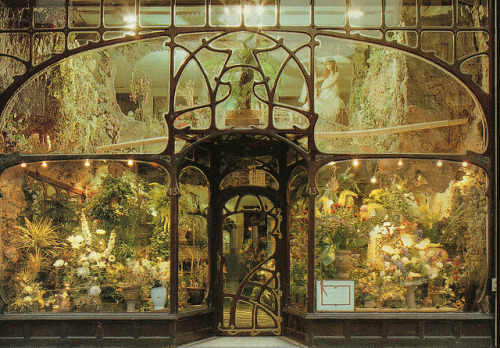
Art nouveau flower shop, Brussels



Tickling the Dragon’s Trail with the Demon Core
“Gentleman, what we have here is the most powerful force ever created by mankind. Lets poke at it with a screwdriver.”
—Louis Slotin, Los Alamos laboratory
After World War II the scientists at Los Alamos laboratory found themselves in possession of a spare core originally intended for a nuclear bomb. Nicknamed ‘“Rufus” the core would have been detonated as part of a third nuclear bomb dropped on Japan, however the Japanese surrendered before the bomb could be assembled. Instead the 89mm (3.5 inch) diameter sphere of plutonium-gallium was reserved for scientific testing, in particular criticality experiments.
Critical mass is the minimum amount of mass needed for a fissile material to sustain a nuclear chain reaction. When a fissile material reaches critical mass, it becomes “supercritical”, where it releases a large amount of energy. Rufus was 5% subcritical, thus scientists thought it was ideal for use in criticality experiments. The experiment was designed to simulate critical mass by surrounding the core with neutron reflectors, in this case tungsten carbide bricks. The bricks would deflect released neutrons back into the core, increasing it’s reactivity. Completely surrounding the core would cause it to go supercritical, an event which was to be avoided because it would release a burst of neutron radiation that could kill everyone in the room. Essentially the purpose of the experiment was to see how much nuclear material could be added to the core before it would go supercritical, and measure how much energy is released in the process.
On August 21st, 1945 physicist Harry K. Daghlian Jr. (pictured above left)was conducting a criticality experiment with Rufus when he accidentally dropped a tungsten carbide brick on the core. The core went supercritical, releasing a burst of neutron and gamma radiation while bathing the room in a bright blue light. Daghlian promptly responded by removing the brick from core, causing his hand to instantly blister from the radiation.

Daghlian had received a deadly dose of radiation, resulting in his death 25 days later. An accompanying guard, Army Private Robert J. Hemmerly, was sitting at a desk 12 feet away but seemed unharmed by the accident, although he would die 33 years later from leukemia.
After the accident, Rufus was renamed, “The Demon Core”. A new procedure was designed to make the experiment “safer”, which was designed by physicist Louis Slotin (pictured above, right). The new procedure involved the core sitting between two beryllium half spheres. A screwdriver was jammed in between the two half spheres, creating a gap through which neutrons could escape. The screwdriver was used to manipulate the half spheres, raising or lowering them to increase or decrease the size of the gap, thus increasing or decreasing the reactivity of the core. If the two half spheres completely enclosed the core, it would go supercritical.

If this sounds completely bonkers, you probably have more common sense than the brilliant physicists who conducted these experiments. In fact the experiment was named “Tickling the Dragon’s Tail”, based on a remark by physicist Richard Feynman who compared the experiment to “tickling a sleeping dragon”. Slotin was certainly aware of the dangerous nature of the experiment, he had been at Daghlian’s bedside when he had died. The famed physicist Enrico Fermi had warned Slotin that if he continued these criticality experiments, he would be dead within a year.
On May 26th, 1946 Slotin was conducting a criticality experiment with the demon core when he lost control of his screwdriver, causing the beryllium sphere to close. The incident is almost perfectly re-enacted in the 1989 film “Fat Man and Little Boy”,
Louis Slotin died of acute radiation poisoning nine days later. Of the other seven people in the room, two would die of cancer years later, although it is unknown whether the accident contributed to their deaths.
After these two criticality accidents new experiments were designed which used remote controlled machines and cameras. The Demon Core was melted down and recycled into other cores.
perhaps you're right about a flaming sword being a useless and extremely hazardous weapon to wield but the fact remains that i am looking sexy wielding this kickass flaming sword and you are not
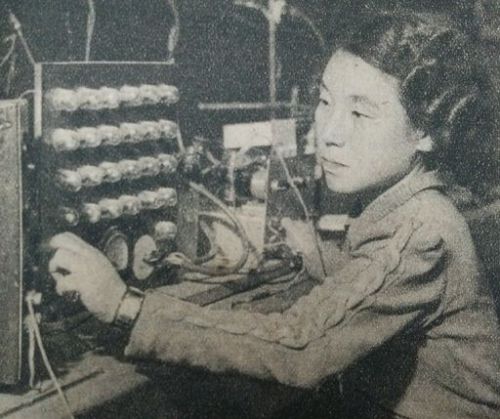
Toshiko Yuasa, 1947. Yuasa was a nuclear physicist who worked in France at the Centre national de la recherche scientifique, and published a 1954 article warning of the dangers of hydrogen-bomb testing at Bikini Atoll.


-
 annawwbr3 liked this · 6 months ago
annawwbr3 liked this · 6 months ago -
 kasperl-ruprecht liked this · 6 months ago
kasperl-ruprecht liked this · 6 months ago -
 catbin liked this · 6 months ago
catbin liked this · 6 months ago -
 hyperfixationwizard liked this · 6 months ago
hyperfixationwizard liked this · 6 months ago -
 cowboybeebonk liked this · 6 months ago
cowboybeebonk liked this · 6 months ago -
 technicallypsychicballoon reblogged this · 6 months ago
technicallypsychicballoon reblogged this · 6 months ago -
 technicallypsychicballoon liked this · 6 months ago
technicallypsychicballoon liked this · 6 months ago -
 weeee3 liked this · 6 months ago
weeee3 liked this · 6 months ago -
 maple-keagan liked this · 6 months ago
maple-keagan liked this · 6 months ago -
 weathervane liked this · 6 months ago
weathervane liked this · 6 months ago -
 andrea-wreaks-havoc reblogged this · 6 months ago
andrea-wreaks-havoc reblogged this · 6 months ago -
 kingsmores liked this · 6 months ago
kingsmores liked this · 6 months ago -
 nah-pa-que liked this · 6 months ago
nah-pa-que liked this · 6 months ago -
 brainmangledfuck liked this · 6 months ago
brainmangledfuck liked this · 6 months ago -
 hungryace42 reblogged this · 6 months ago
hungryace42 reblogged this · 6 months ago -
 muppetyaoi reblogged this · 6 months ago
muppetyaoi reblogged this · 6 months ago -
 karlachslittleslut reblogged this · 6 months ago
karlachslittleslut reblogged this · 6 months ago -
 mylarena reblogged this · 6 months ago
mylarena reblogged this · 6 months ago -
 mylarena liked this · 6 months ago
mylarena liked this · 6 months ago -
 long-form-contentment liked this · 6 months ago
long-form-contentment liked this · 6 months ago -
 valleycore liked this · 6 months ago
valleycore liked this · 6 months ago -
 andrea-wreaks-havoc reblogged this · 6 months ago
andrea-wreaks-havoc reblogged this · 6 months ago -
 andrea-wreaks-havoc liked this · 6 months ago
andrea-wreaks-havoc liked this · 6 months ago -
 callingsauls liked this · 6 months ago
callingsauls liked this · 6 months ago -
 friendly-fiend reblogged this · 6 months ago
friendly-fiend reblogged this · 6 months ago -
 catgirlcurse liked this · 6 months ago
catgirlcurse liked this · 6 months ago -
 tigerking-of-kings reblogged this · 6 months ago
tigerking-of-kings reblogged this · 6 months ago -
 chlover-my-shingles reblogged this · 6 months ago
chlover-my-shingles reblogged this · 6 months ago -
 void-drifter liked this · 6 months ago
void-drifter liked this · 6 months ago -
 im-oliver-the-place reblogged this · 6 months ago
im-oliver-the-place reblogged this · 6 months ago -
 all-hail-the-corn liked this · 6 months ago
all-hail-the-corn liked this · 6 months ago -
 gaybugbot liked this · 6 months ago
gaybugbot liked this · 6 months ago -
 burger-churgler-secret reblogged this · 6 months ago
burger-churgler-secret reblogged this · 6 months ago -
 kzayy27 liked this · 6 months ago
kzayy27 liked this · 6 months ago -
 gearboxsys reblogged this · 6 months ago
gearboxsys reblogged this · 6 months ago -
 starberrycitrus liked this · 6 months ago
starberrycitrus liked this · 6 months ago -
 preserves42 reblogged this · 6 months ago
preserves42 reblogged this · 6 months ago -
 preserves42 liked this · 6 months ago
preserves42 liked this · 6 months ago -
 dogrocks reblogged this · 6 months ago
dogrocks reblogged this · 6 months ago -
 mostnormalprosekafan reblogged this · 6 months ago
mostnormalprosekafan reblogged this · 6 months ago -
 mostnormalprosekafan liked this · 6 months ago
mostnormalprosekafan liked this · 6 months ago -
 shitsncraps liked this · 6 months ago
shitsncraps liked this · 6 months ago -
 mun-urufu liked this · 6 months ago
mun-urufu liked this · 6 months ago -
 mun-urufu reblogged this · 6 months ago
mun-urufu reblogged this · 6 months ago -
 luvsouls liked this · 6 months ago
luvsouls liked this · 6 months ago -
 backstabbingliar reblogged this · 6 months ago
backstabbingliar reblogged this · 6 months ago -
 misato-gear-solid reblogged this · 6 months ago
misato-gear-solid reblogged this · 6 months ago -
 skyloop reblogged this · 6 months ago
skyloop reblogged this · 6 months ago

"There is a pre-established harmony between thought and reality. Nature is the art of God." - Gottfried Willhelm Leibniz
164 posts